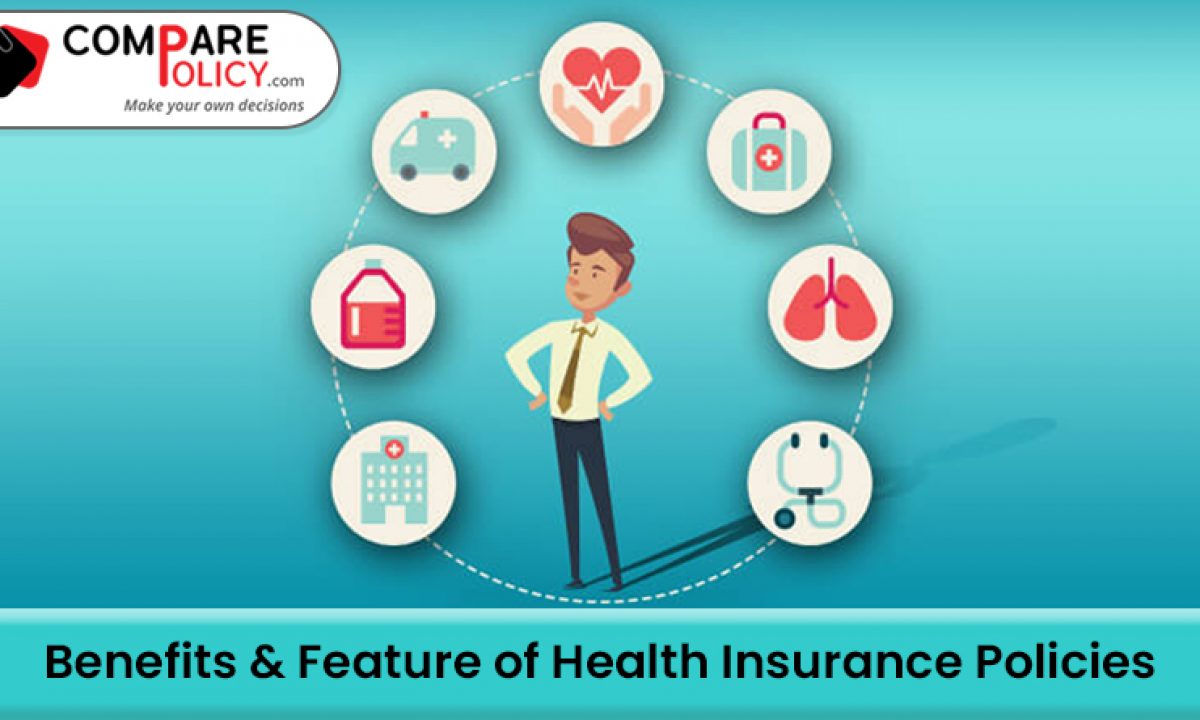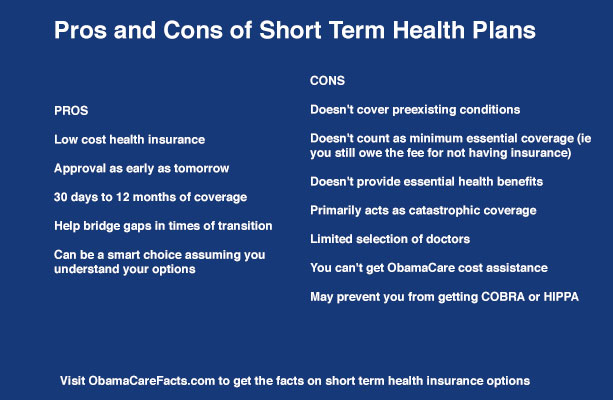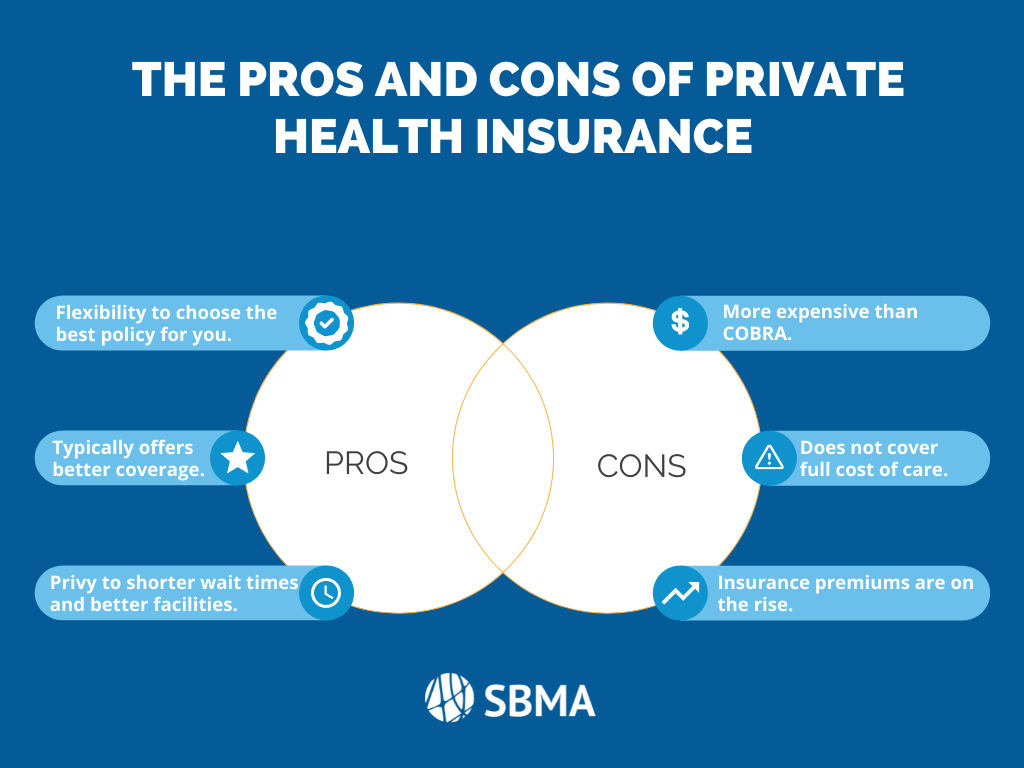The Basic Principles Of Medicare Advantage Agent
The Basic Principles Of Medicare Advantage Agent
Blog Article
Not known Facts About Medicare Advantage Agent
Table of ContentsOur Medicare Advantage Agent IdeasAbout Medicare Advantage AgentThe Basic Principles Of Medicare Advantage Agent


follows from confusing the puzzling young fairly profile of the uninsured with the better health, health and wellness average, of younger personsMore youthful For those without accessibility to workplace health insurance coverage, inadequate wellness is a possible obstacle to buying nongroup insurance coverage due to the fact that such insurance coverage might be extremely priced, exclude preexisting problems, or be simply unavailable. Unless otherwise noted, national price quotes of individuals without wellness insurance policy and percentages of the populace with various kinds of coverage are based on the CPS, the most commonly made use of source of quotes of insurance policy protection and uninsurance rates.

6 Easy Facts About Medicare Advantage Agent Explained
The relationship between wellness insurance coverage and accessibility to care is well developed, as documented later on in this chapter. The partnership in between health and wellness insurance and health and wellness results is neither direct nor straightforward, an extensive medical and health solutions research literature web links health and wellness insurance policy coverage
to improved better to care, better qualityTop quality and improved personal individual population populace statusStanding The second report, on individual health end results for uninsured grownups, is represented by the inner circle of the number, while the third record, on family well-being, incorporates the subjects of the 2nd report however highlights a various system of analysis, namely, the family.
It concentrates especially on those without any type of wellness insurance coverage for any length of time. The troubles faced by the underinsured are in some areas comparable to those faced by the uninsured, although they are generally less serious. Uninsurance and underinsurance, nevertheless, entail clearly various plan issues, and the approaches for addressing them might differ. Throughout this research and the five reports to follow, the main focus is on individuals without medical insurance and therefore no aid in paying for health and wellness care past what is readily available via charity and safety web organizations. Medical insurance is a powerful element impacting invoice of treatment due to the fact that both individuals and medical professionals reply to the out-of-pocket price of services. Health and wellness insurance, however, is neither needed nor enough to obtain access to clinical solutions. Nonetheless, the independent and straight impact of wellness
insurance policy coverage on accessibility to health solutions is well developed. Others will obtain the health and wellness care they need blog here also without medical insurance, by paying for it expense or seeking it from providers that use care free or at very subsidized prices. For still others, health and wellness insurance coverage alone does not make sure invoice of treatment as a result of other nonfinancial barriers, such as a lack of healthcare service providers in their neighborhood, minimal access to transport, illiteracy, or linguistic and social differences. Official study regarding without insurance populations in the United States dates to the late 1920s and very early 1930s when the Board on the Price of Treatment created a series of records concerning funding doctor workplace sees and hospital stays. This concern came to be prominent as the varieties of clinically indigent climbed throughout the Great Clinical depression. Empirical researches regularly sustain the link between access to care and improved health results(Bindman et al., 1995; Starfield, 1995 ). Having a regular source of treatment can be thought about a predictor of accessibility, as opposed to a direct step of it, when wellness outcomes are themselves utilized as gain access to indications. This extension of the notion of access measurement was made by the IOM Board on Keeping An Eye On Access to Personal Wellness Treatment Solutions(Millman, 1993, p. Whether or not helpful resources moms and dads are insured shows up to influence whether their children get treatment along with how much careeven if the children themselves have protection(Hanson, 1998). The health and wellness of parents can influence their capability to look after their kids and the level of family members this post stress. Stressing over their children's access to care is itself a source of stress and anxiety for parents. Three phases comply with in this report. Chapter 2 provides an overview of how employment-based medical insurance, public programs and individual insurance coverage plans run and connect to provide extensive yet insufficient protection of the U.S. populace. This consists of an evaluation of historical patterns and public plans affecting both public and personal insurance coverage, a discussion of the interactions amongst the different kinds of insurance policy, and an exam of why individuals move from one program to an additional or wind up

Report this page